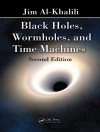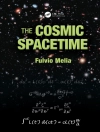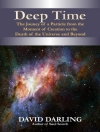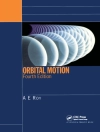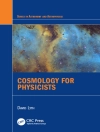A quantitative measure of the accuracy of the rate coefficients and the excess energies is a desirable goal of this analysis. There are two major sources of uncertainties: The atomic and molecular data and the solar irradiance. The cross sections and branching ratios used in this analysis come from many different sources; many of them without any error indications. For this reason, we must confine ourselves to a qualitative indication of the reliability of the results. Specifically we give a quality scale in Table II for the data of each mother molecule; A indicating the highest quality of atomic and molecular data and F the lowest quality. The letter B typically means that the threshold is uncertain. For most molecules the cross section at threshold is very small and the rate coefficient for these molecules is therefore not influenced by this uncertainty. For atomic species the cross section is usually large near threshold, but for these species the threshold is known quite accurately. The letter B, therefore, indicates that the rate coefficient is most likely quite accurate, but the excess energy is less accurately known. The letter C usually means that the branching ratios are not well known. This means that the total rate coefficient is very good, but the rate coefficients and the excess energies for the individual branches are less accurate.
W.F. Huebner & J.J. Keady
Solar Photo Rates for Planetary Atmospheres and Atmospheric Pollutants [PDF ebook]
Solar Photo Rates for Planetary Atmospheres and Atmospheric Pollutants [PDF ebook]
قم بشراء هذا الكتاب الإلكتروني واحصل على كتاب آخر مجانًا!
لغة الإنجليزية ● شكل PDF ● ISBN 9789401730235 ● محرر W.F. Huebner & J.J. Keady ● الناشر Springer Netherlands ● نشرت 2013 ● للتحميل 3 مرات ● دقة EUR ● هوية شخصية 4597449 ● حماية النسخ Adobe DRM
يتطلب قارئ الكتاب الاليكتروني قادرة DRM



